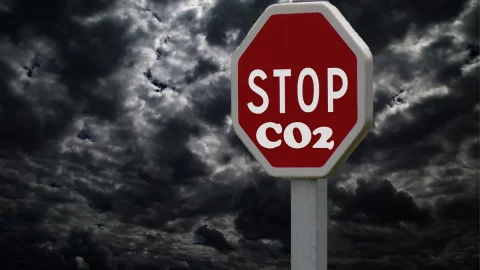Italy protagonist in the wave of Mergers & Acquisitions (M&A) on energy infrastructure that they invested Europe between 2008 and 2015. Out of a total of 235 transactions involving electricity and gas, transmission and distribution, 82 transactions involved our country for a value of 21,3 billion out of a total of 61,3 billion euros. The push came from new EU goals on climate and energy combined with the effects of the third energy package which imposed the separation between transport, sales and distribution companies.
But it was theneed for debt relief which has forced many operators to sell assets. And broadcasting has turned out to be a very attractive sector, so much so that the lion's share of the vortex of sales and purchases has been done by finance companies: pension funds, investment funds and infrastructure funds. They are becoming the new owners of the networks, in place of or in company with the old operators.
So the physiognomy changes of strategically relevant systems for the Energy Union in Europe. And significant on household spending: in Italy network costs represent 18% of the standard electricity bill valued at 530 euros a year for a typical family and 1.150 euros for gas.
Research accounts for the mutation of the system “Energy networks M&A. What are the implications for the EU?” conducted by Matteo di Castelnuovo of Iefe Bocconi. It is the first to thoroughly investigate the changes that have affected network ownership in recent years and to ask the first questions.
"The structure of the companies owning the electricity grids – says Matteo di Castelnuovo – has changed profoundly. In this process, new infrastructural companies and new financial protagonists have made their way. So far, to protect competition, the problem has arisen of who shouldn't have control of the infrastructures, but perhaps it would be good also ask yourself the question of who shouldn't buy the networks. Are we sure that financial investors, in some cases with a speculative vocation, are interested in supporting the enormous mass of investments required in the coming years? The research raises some questions that will have to be answered soon".
Investment estimates necessary to achieve the objectives set by the European Union – underlines the Iefe Bocconi research – is approximately 200 billion euros in the horizon of 2020 divided as follows: 100 billion for electricity networks, 40 billion for smart grids 60 billion for gas pipelines. In the vortex of acquisitions triggered by the need to pay off debts as well as by the new European rules, between 2010 and today, Tso (transmission system operator) moved, but the advance of mixed operations leaps to the eye, with the entry of financial investors. Some examples clarify the ongoing phenomenon.
The first was in 2011 when Fluxys, the Belgian gas transport operator, bought Eni's stake in the Tenp and Transitgas pipelines for 860 million. The second is in 2014 when the China State Grid enters Cdp Reti with 35%, paying out 2,1 billion. Other rather recent cases have occurred in France, Germany and again in Italy. In France, Snam took over (45%) with the Singapore fund (35%) and Edf (20%) for a total of 2,4 billion. Crédit Agricole then entered last January by taking over a 10% stake from the consortium. In 2012 the German Open Grid Europe, owned by E.On, was acquired by a consortium of financial investors (Macquarie, British Columbia Investment, Abu Dhabi Investment and MEAG Munich). Finally, it should be mentioned E.On Rete, the distribution company owned by the German group in Italy, to the consortium made up of F2i Sgr and Axa Private Equity for 290 million euros.
The ranking of the top 10 buyers – reported by Matteo di Castelnuovo's research – sees Eni G&P Belgium in first place (15.41%) , followed by Borealis Infrastructure Management (11.92%), AEM SpA (11.73%), Industry Fund Management (9.38%), MEAG Munich Ergo Asset Management (9.34%), British Columbia Investment Management Corporation (9.34%),Macquarie European Infrastructure Fund (9.34%), Infinity Investments SA (9.34%), F2i (7.43%) and other companies for the remaining 6.77%. Out of 10, 7 are financial subjects.
In ranking of the top ten target companies, half are Italian. AND Snam Rete Gas (25.33%) is the queen. The sale by ENI "monopolized" the market and accounts for a quarter of the 61 billion euro generated by M&A in Europe. Then follow Distrigas (13.70%), ASM Brescia SpA (10.42%), Netgas (10.42%), Open Grid Europe (8.30%), Gdf Suez (7.58%), Terna (6.50%), Enel Rete Gas (6.36%) and Cdp Networks Srl (6.01%). The remaining 5,38% are minor companies. Dividing operations by area, in the broader Europe covered by the research (also including Russia and Turkey), Italy ranks first, followed by Belgium, Germany and Spain.
Finally, the value of the operations: 23,5 billion involved electricity transmission (46% of the total) while 25,3 billion involved gas pipelines, the rest being mixed operations. The "cake" of the new ownership of networks and pipelines is substantially modified: there is a consolidation among the operators specialized in transmission: they are 37% of the buyers and it is no mystery that Snam is a candidate for a role of European leadership in this field. At par, financial investors entered 36% of the deals. 20% are energy companies and 7% other entities.




